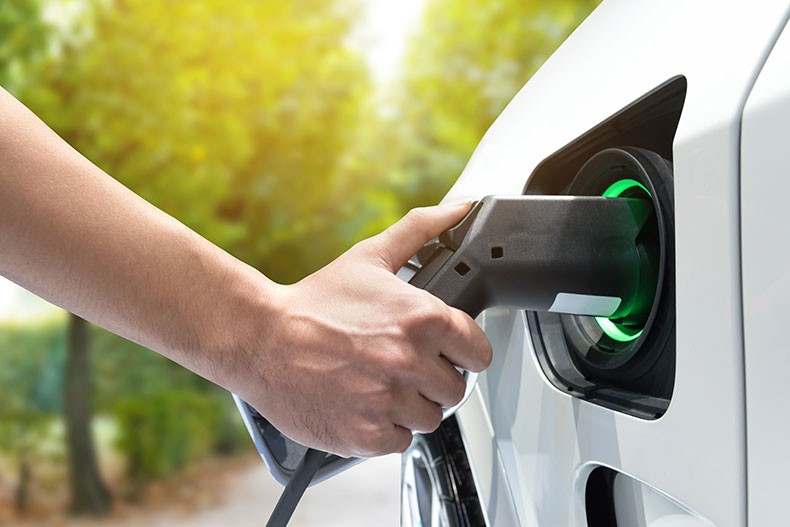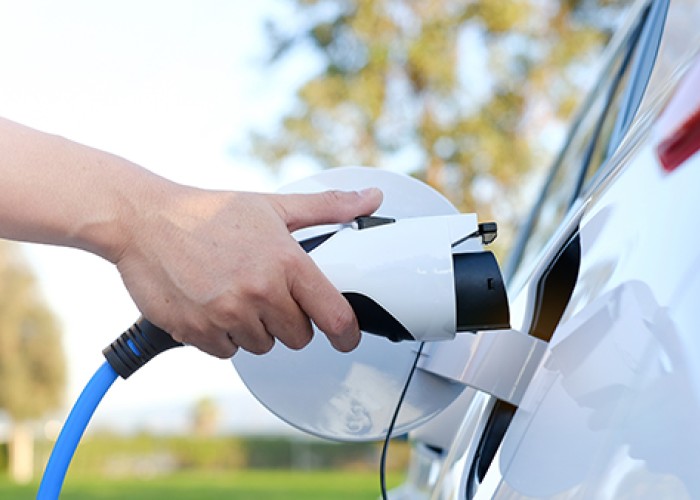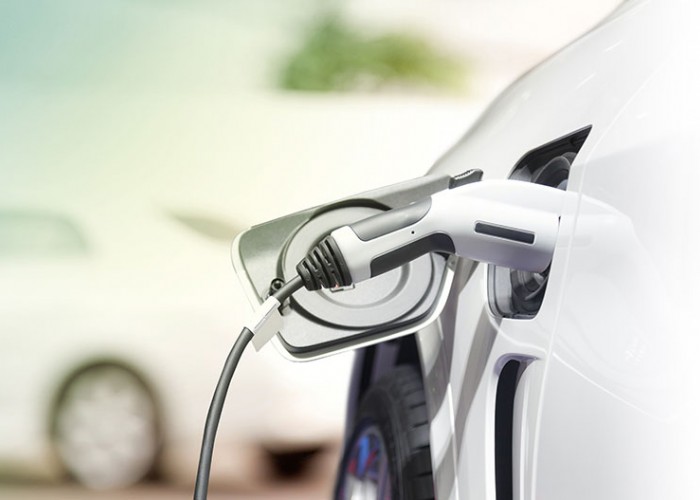What Are The Environmental Impacts Of Electric Vehicle Batteries?
Big questions about our brighter future
By Jacob Bolin & Jonathan Susser, Advanced Energy
Q: What are the environmental impacts of electric vehicle batteries?
A:The environmental impacts associated with electric vehicle (EV) battery production can be broken down into three stages: raw materials procurement, manufacturing and assembly, and the fuel sources used for driving.
1. Raw Materials Procurement
One concern surrounding EVs involves the materials that lithium-ion batteries are currently made from. These batteries consist of raw materials including lithium, cobalt, and nickel that are used in EVs as well as most consumer electronics. There are legitimate concerns about the impacts of mining and processing these raw materials, which generally occur overseas. Automotive and battery manufacturers are working to source the materials responsibly and have plans to bring sustainable mining operations to the U.S. In addition, lithium-ion battery reuse and recycling industries are poised to take off, which will decrease reliance on new minerals.
2. Manufacturing and Assembly
Manufacturing an EV battery pack is an energy-intensive aspect of EV manufacturing. How energy-intensive that process is depends heavily on the electricity generation mix of the location where the battery is made. Automakers are investing in new battery production facilities in the U.S. that will take advantage of an increasingly carbon-neutral energy mix. Once an EV hits the road, it makes up for the battery manufacturing emissions in just a couple of years.
3. Fuel Sources for Driving
Again, the local energy mix determines how clean driving an EV is. But no matter where in the U.S. you are, driving an EV (which doesn’t use gasoline or motor oil) is cleaner than driving a conventional gas-powered vehicle. Today in North Carolina, your gas-powered car would need to get over 110 miles per gallon to compete with an EV’s emissions footprint. It’s also important to consider the “well-to-wheel” implications and emissions of fueling. In the case of gasoline, that includes everything from fuel extraction to processing and refining, distribution and use. For an EV, the “fuel” that it runs on, locally produced electricity, gets cleaner over time as more carbon-free energy sources are added to the electric grid.
-
More stories about electric vehicles
-
Share this story:





